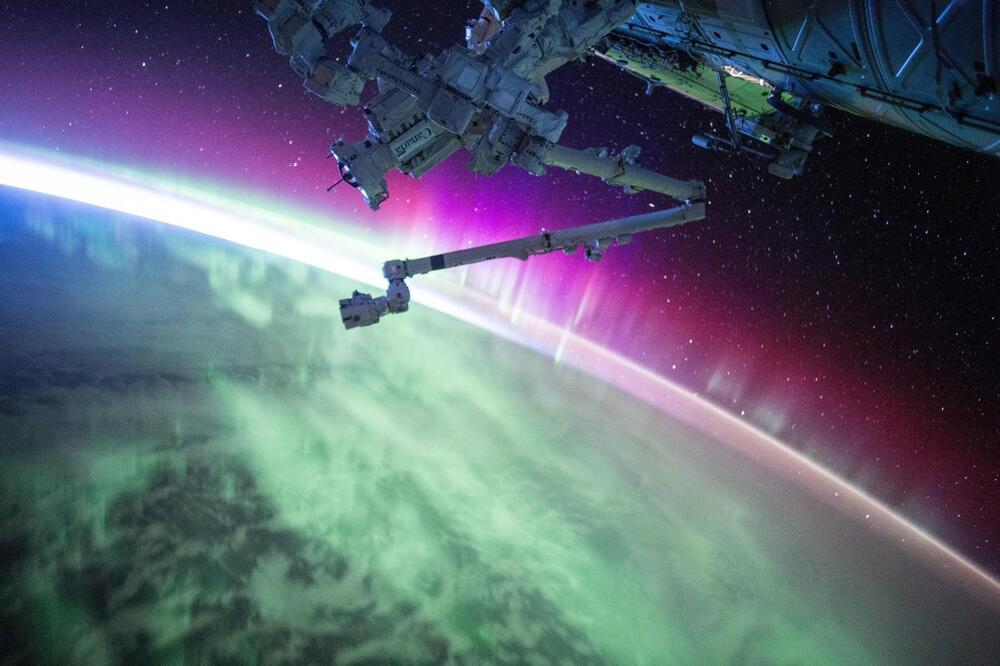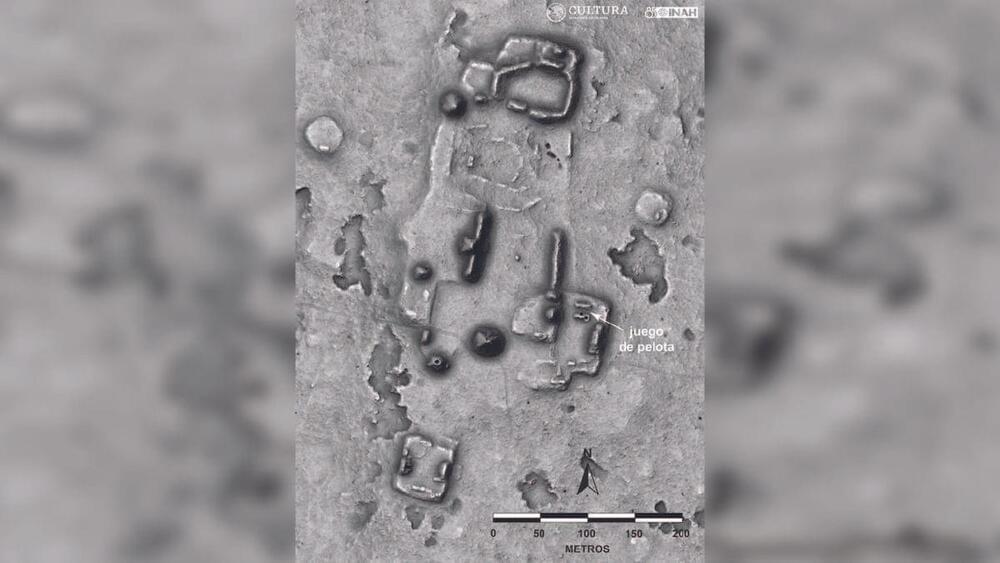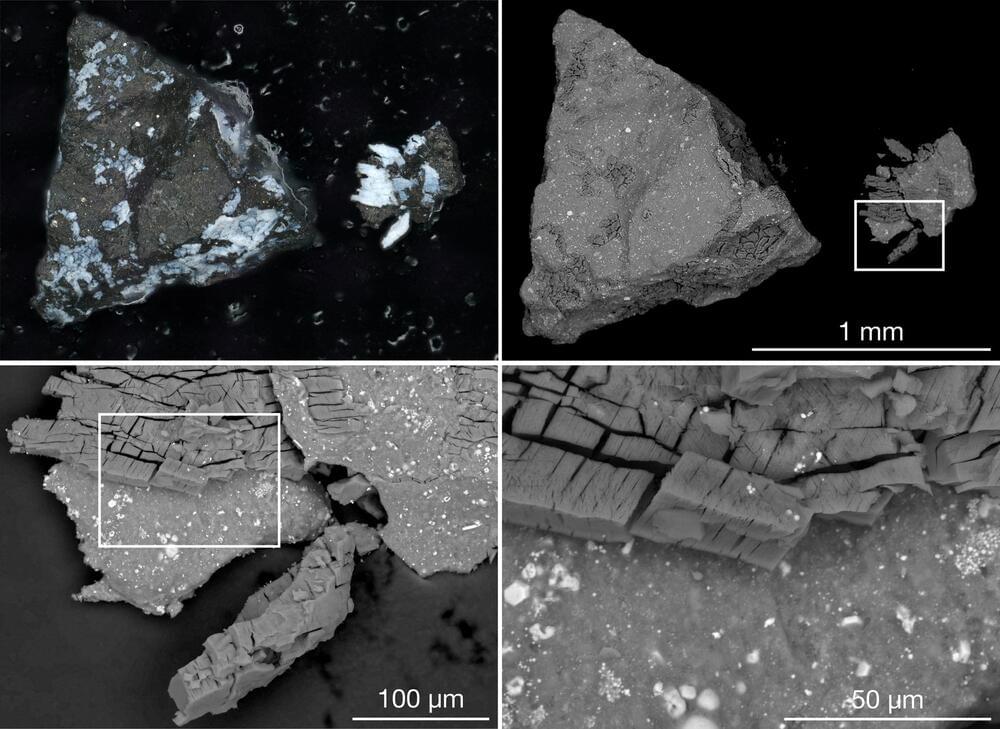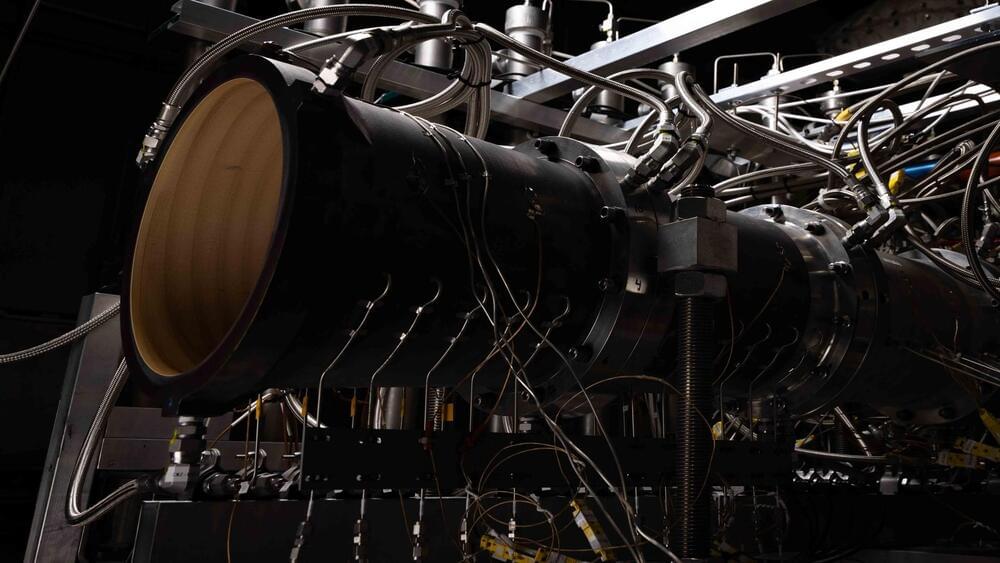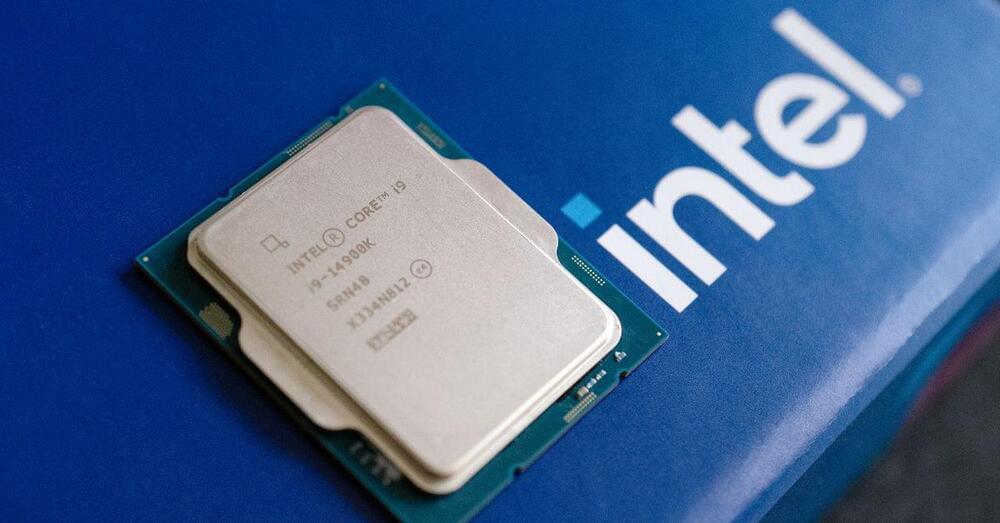Jul 14, 2024
Spectacular Auroras Signal Potential Danger to Earth’s Critical Infrastructure
Posted by Saúl Morales Rodriguéz in categories: particle physics, space
Scientists discover that interplanetary shocks that strike Earth’s magnetic field head-on cause more powerful ground-level electric currents, threatening pipelines and submarine cables.
Auroras are caused by particles from the sun hitting the Earth’s magnetic field — but these impacts also cause geomagnetically induced currents at ground level, which can damage infrastructure that conducts electricity. Scientists studying these currents to protect critical infrastructure have carried out the first research which compares interplanetary shocks to real-time measurements of geomagnetically induced currents, showing that the angle of the shocks’ impact is key for forecasting possible damage to infrastructure: shocks that hit the magnetic field at an angle produce less powerful currents.
The impact of interplanetary shocks on infrastructure.
